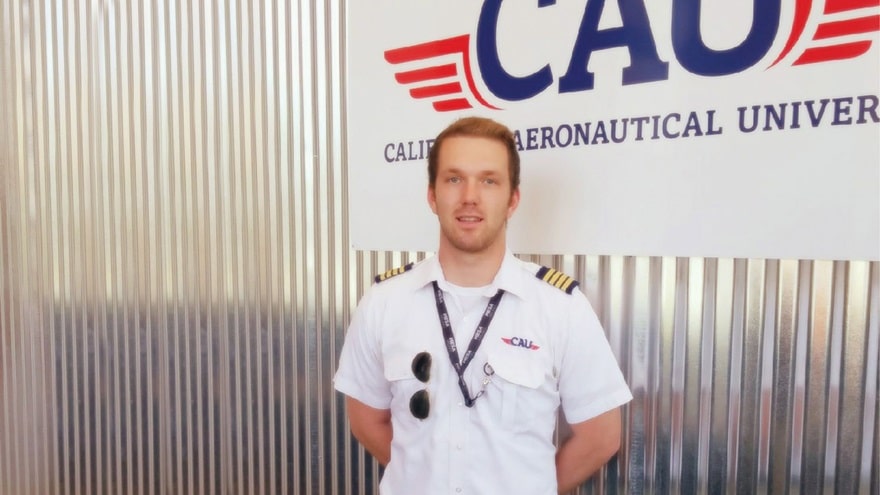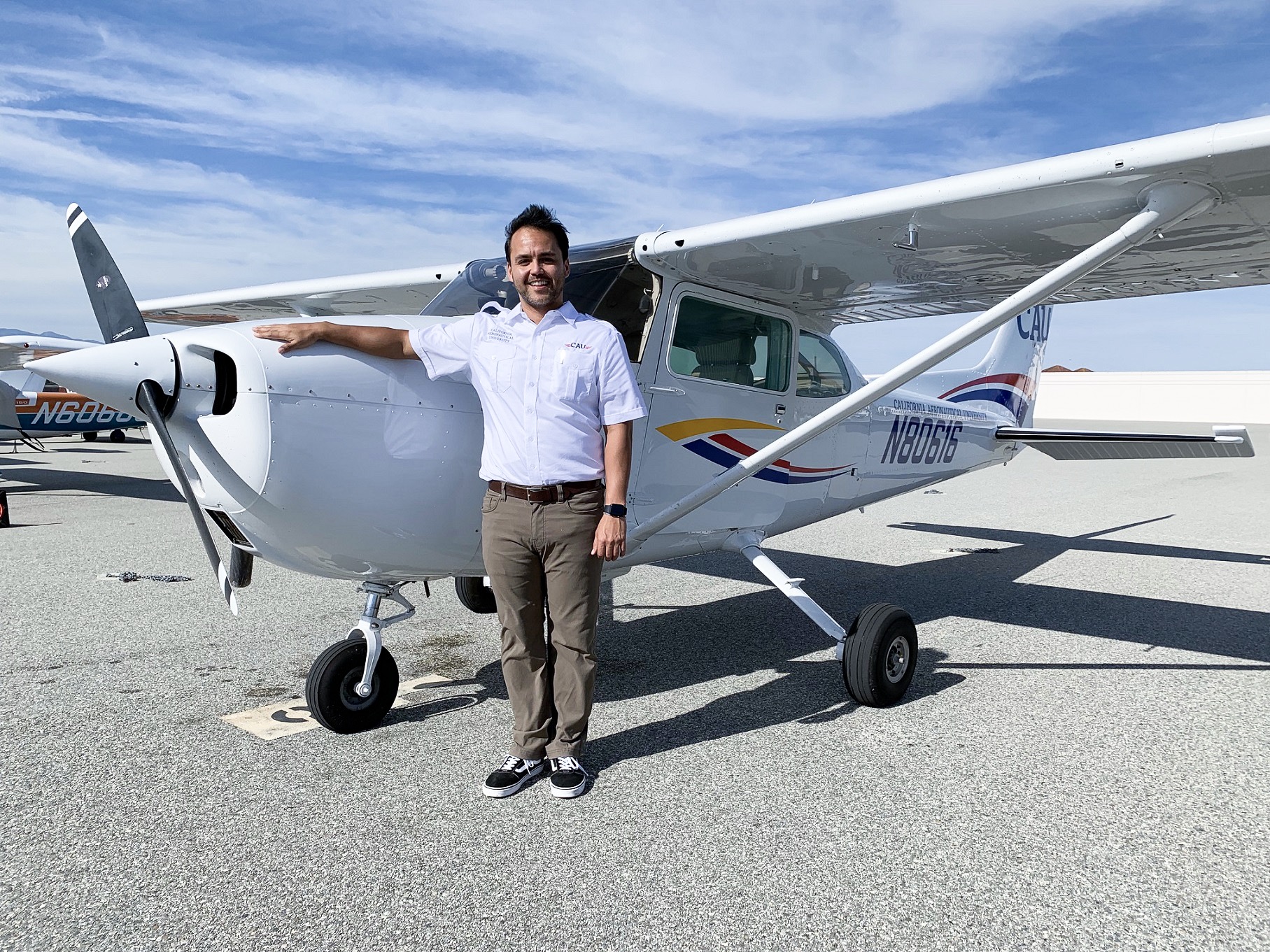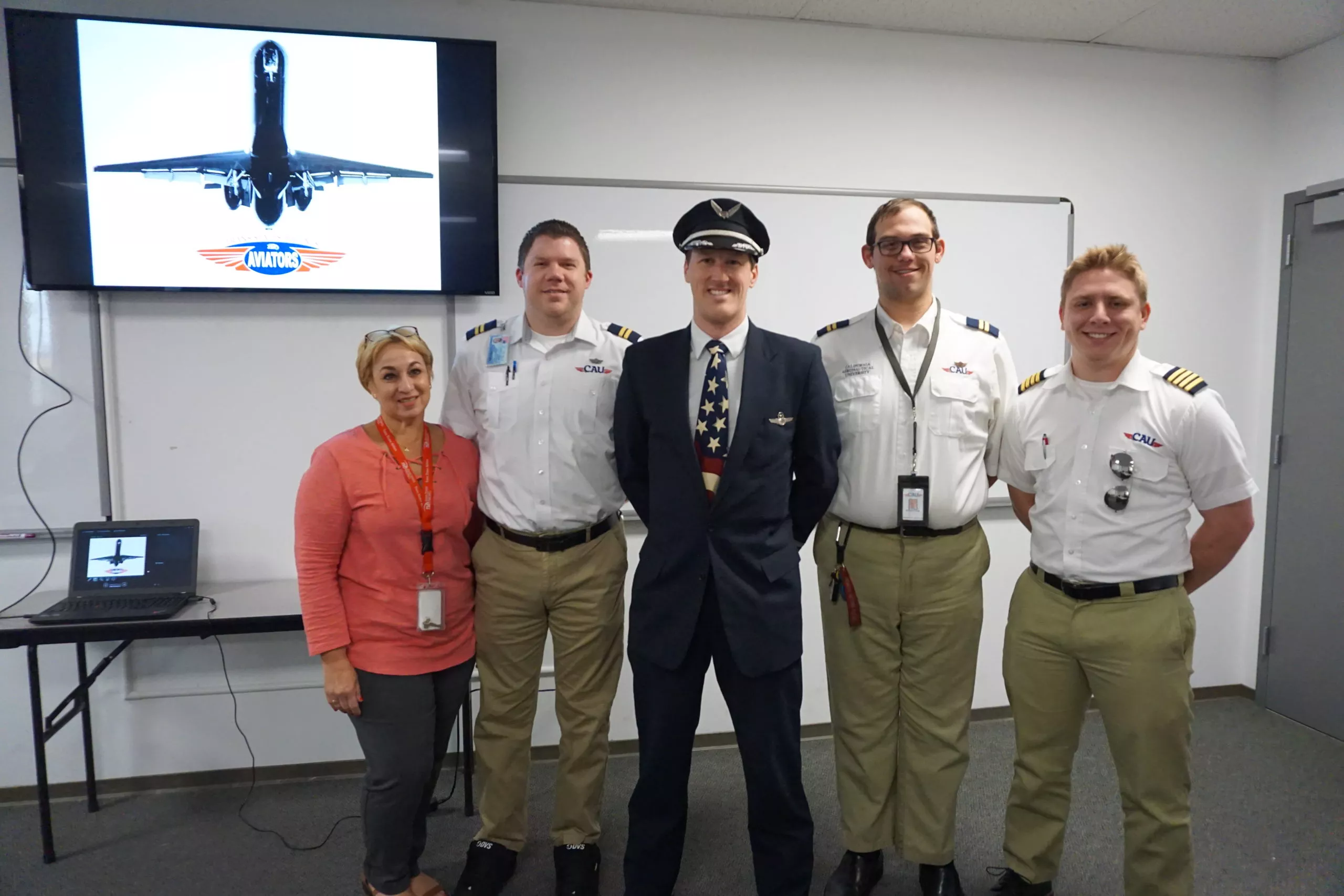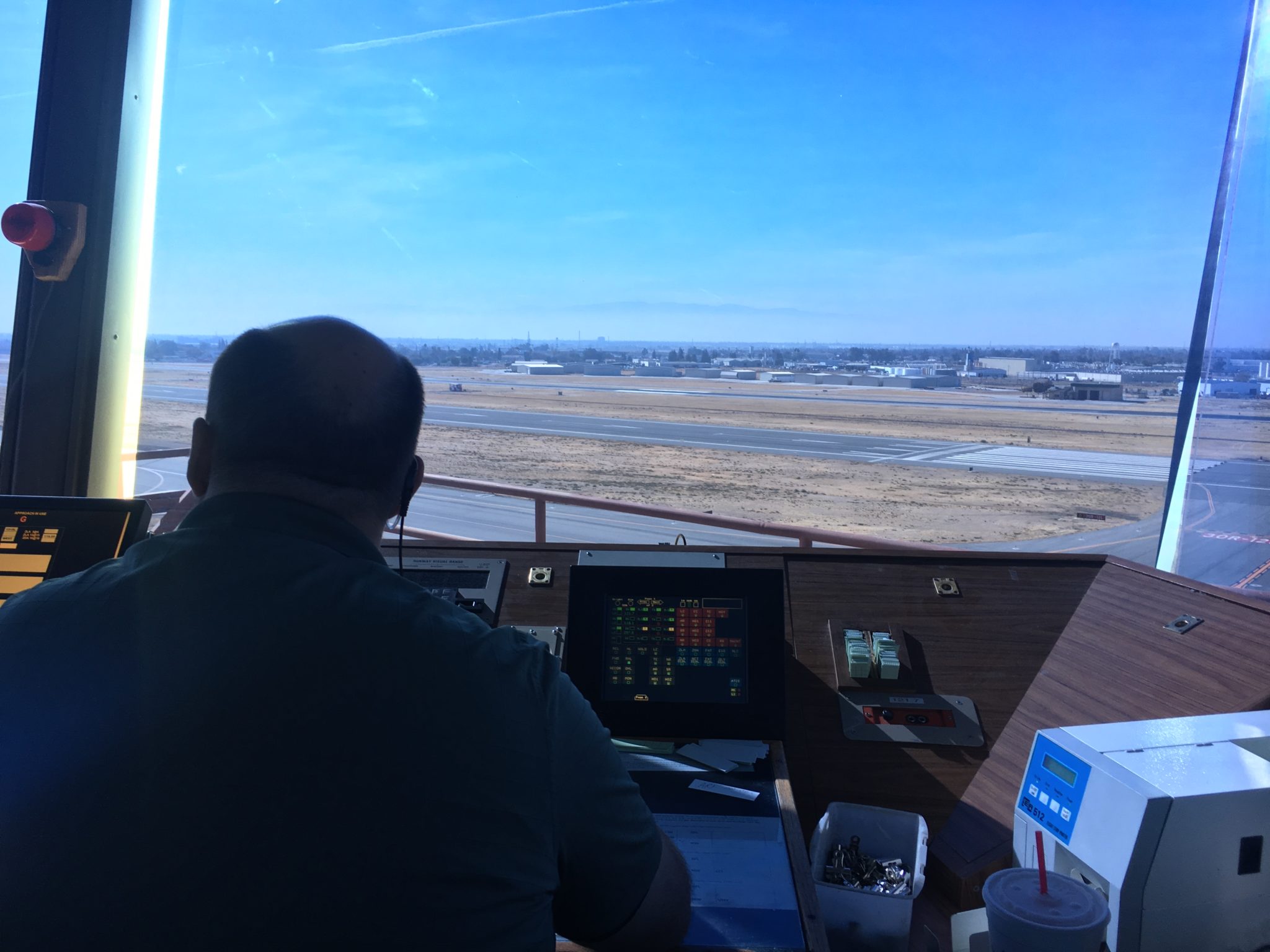Air traffic control (ATC) is complex work which requires fast thinking, ability to judge spatial relationships, situational awareness, and attention to detail. They are essential to keeping the world’s airways safe. Often mistaken for air marshals, airport employees who wave aircraft into place at terminals, air traffic controllers are responsible for much more.
Good air traffic controllers have an even temperament and work well in a team. They are confident in their ability to safely guide the airplanes in their care, but they are also open to assistance or correction. While some small ATC towers are staffed by private contractors, air traffic controllers are employees of the FAA (Federal Aviation Administration.) The training process is long (seventeen weeks at an FAA facility and three years on the job), and only a fraction of applicants are invited to begin it, but most air traffic controllers make well in excess of $100,000 a year, with federal health insurance, locality pay, and retirement benefits.
While the popular concept of air traffic controllers is that of a person in a tower looking out over airport runways with a pair of binoculars, they also serve in air route traffic control centers (ARTCC), helping to direct large sections of the nation’s airways. Some controllers work in TRACON centers or terminal radar approach control. These employees keep airplanes separated as they transition between control of an airport tower and control of an ARTCC. Other air traffic controllers serve on military bases or aircraft carriers.
History of Air Traffic Control Employment
Formerly, becoming an air traffic controller began with college planning. The FAA fast-tracked applicants for a precious few openings who had completed specific programs offered by a handful of colleges or universities called the Air Traffic Collegiate Training Initiative (AT-CTI.) The AT-CTI was offered as an associate’s degree, bachelor’s degree, or Master’s degree. Degrees beyond the associate’s involved courses in management and technical subjects beyond air traffic control. As they completed their coursework, the applicants applied for recommendations from their college. Once a degree was completed, potential air traffic controllers took the Air Traffic Controller AT-SA Exam. If hired, they were in for a long wait to enter a training class. Once assigned, they headed to the Mike Monroney Aeronautical Center in Oklahoma City for several weeks of preliminary training.
A mass retirement of a huge block of controllers forced the FAA to recently hire more controllers quickly. In 1981, the Reagan administration fired 13,000 air traffic controllers who walked off the job in an illegal strike. The replacement workers are now approaching mandatory retirement age—all at the same time. Although the attrition has been partially addressed, more retirements loom, and another recent change has caused a great deal of upheaval in the air traffic control community.
New FAA Hiring Standards
With the FAA stating concerns about diversity hiring, the AT-CTI was abruptly closed in 2015, shocking and stranding thousands of students who had taken out student loans to finance the FAA’s educational requirements.
Today, potential air traffic controllers need have no aviation background, whether in the military or general aviation. They also do not have to have a degree of any kind. New trainees who sank four years and as much as six figures into student loans to specialized aeronautical universities now found themselves training next to candidates who had a high school diploma or GED.
In addition to “off the street hiring,” the FAA implemented “bio-data” screening, or the Biographical Assessment, which less than 10% of applicants pass. These assessments ask such questions as how many sports the candidate played in high school. While applicants are told that they may repeat the test if they “fail” it, there is no way to study for the exam.
Minimum Hiring Requirements
Applicants must be under 30 years of age for consideration; the current mandatory retirement age is 56, which means that many controllers go on to have a second career once their time in the tower or in front of the scope are done. Those applying to be air traffic controllers must also pass a medical test.
Air traffic controllers, because they will work in highly secure areas within airports and federal ATC centers, must also pass a security background check, so it’s a good idea for aspiring air traffic controllers to maintain a clean law enforcement record. While their native language need not be English, applicants should to be able to not only speak English; they must enunciate clearly enough so that pilots and other controllers can understand them over sometimes staticky communications equipment.
While it’s not necessary to have a college degree, either bachelor’s or associate’s, candidates must provide proof of either a degree, some college work with work experience totaling three years, or a three-year work history. The college work need not focus on aviation; if an applicant has been attending culinary school for a year and has two years of work experience, for example, he or she may apply.
Skills and Abilities
With lives at stake, air traffic controllers must act professionally at all times. They must be able to concentrate under pressure loads and show an ability to absorb large quantities of detailed information, then apply that information to active scenarios.
Air traffic controllers must be able to pivot quickly if circumstances suddenly change. The ability to process a number of variables in the middle of decision making is also important. As controllers encounter many different kinds of aircraft on a single shift, they need to be able to categorize rapidly and show a strong understanding of the general performance capabilities of each.
While some air traffic controllers retain the same position throughout their entire career, others become managers or trainers. These employees must show leadership skills, patience, teaching abilities, and the ability to listen well.
Ready to soar in your aviation career?
Mr. Matthew A. Johnston has over 23 years of experience serving various roles in education and is currently serving as the President of California Aeronautical University. He maintains memberships and is a supporting participant with several aviation promoting and advocacy associations including University Aviation Association (UAA), Regional Airline Association (RAA), AOPA, NBAA, and EAA with the Young Eagles program. He is proud of his collaboration with airlines, aviation businesses and individual aviation professionals who are working with him to develop California Aeronautical University as a leader in educating aviation professionals.










